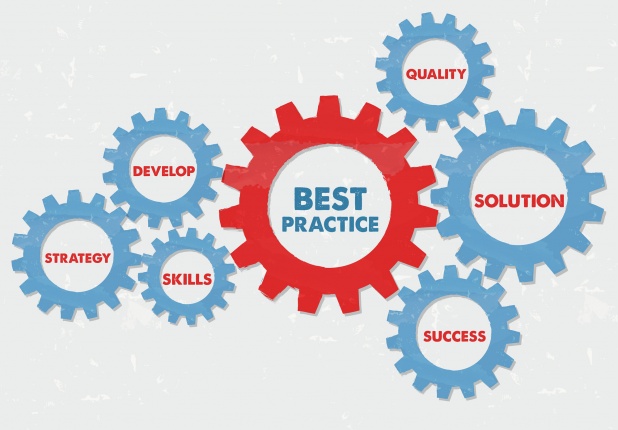PRIVACY PLEASE, DO NOT DISTURB: Proportionality and Privacy
As you recall, in December of 2015, the amended FRCP 26(b)(1) sought to address the escalating burdens associated with data preservation and production by emphasizing proportionality and defining the scope of discovery. As the latest proportionality rulings show, Rule 26(b)(1) is having an impact on limiting the scope of discovery based on the associated expense and some state courts are even following the federal courts’ lead in enforcing proportionality. Interestingly, while expense continues to be a factor in the proportionality argument, parties’ objections on the basis of proportionality have extended to nonmonetary factors as well, including privacy. As a result, some courts are now recognizing privacy as a consideration in determining whether the discovery sought is proportional to the needs of the case.






